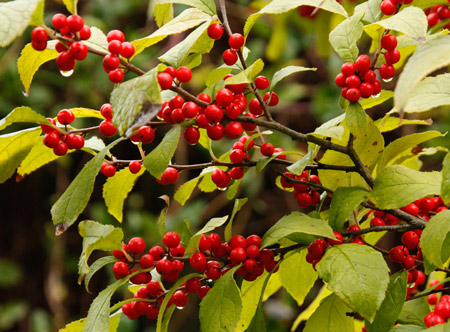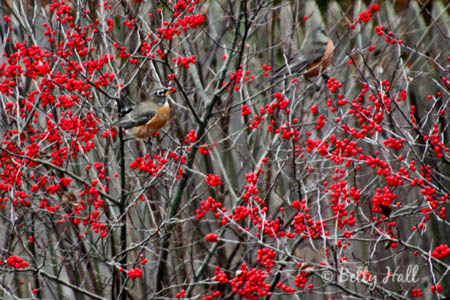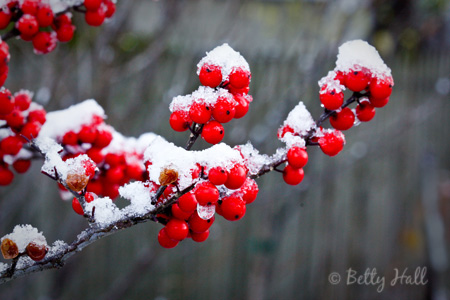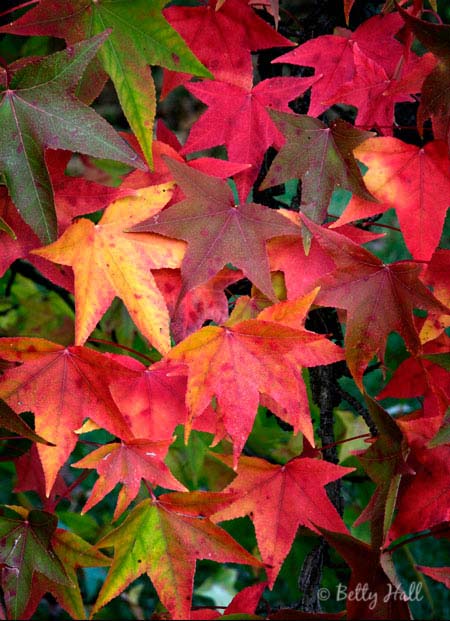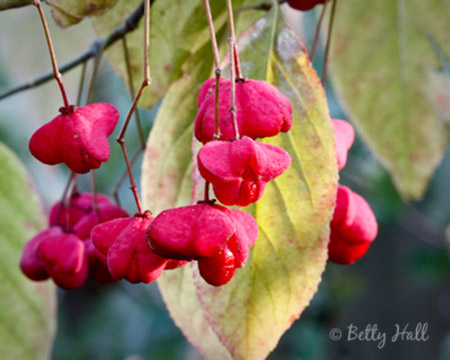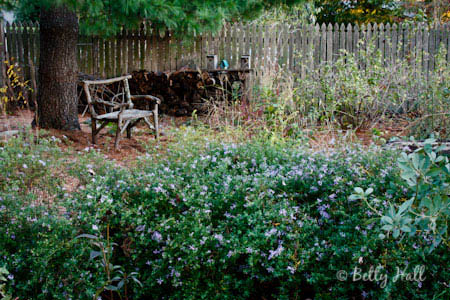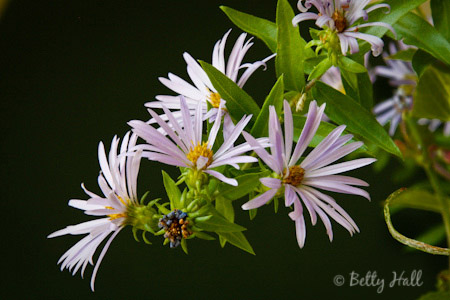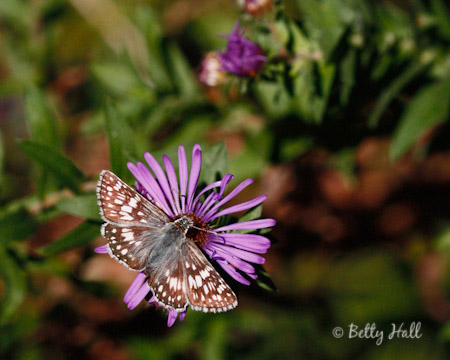Winterberry (Ilex verticillata) is a native holly that, unlike other hollies, loses its leaves in early winter. In early November the leaves were still green.
A few weeks later the leaves are gone and birds are feasting on the abundant showy red berries.
The day after Thanksgiving, snow on the berries created a bit of winter magic.
I have often enjoyed these bright red berries along roadsides this time of year. Now it’s a special treat to see them from my kitchen window, and it’s been fun watching the robins, cardinals, and mockingbirds having a feast.

